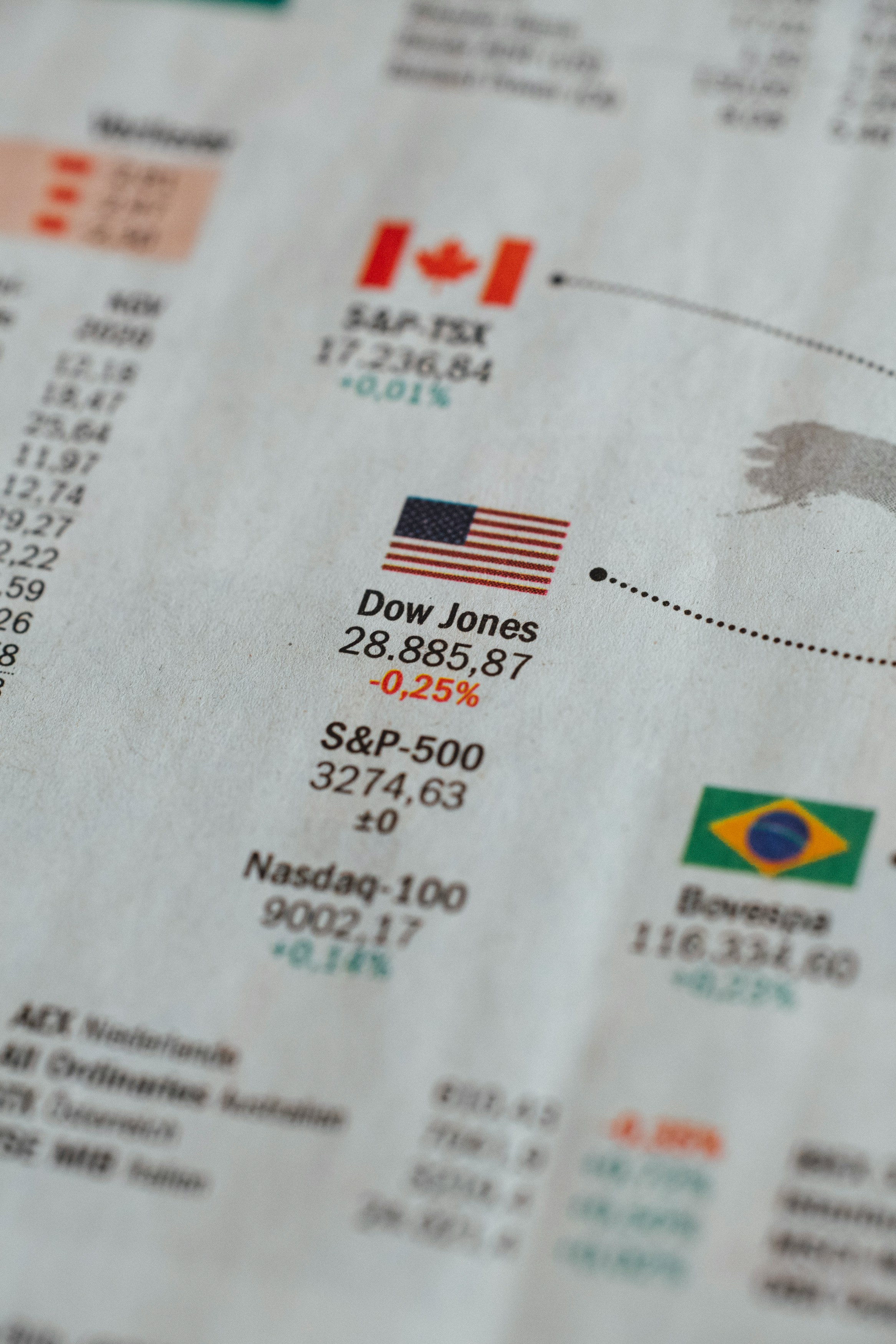The S&P 500’s latest record high in July 2025 is not a retail sentiment rally—it is a strategic repricing of capital posture. The index’s climb, now well above 5,700, is happening in a bifurcated policy environment where US rate pause signals are met with divergent moves in Asia and Europe. To interpret this as a mere soft landing trade is to miss the structural repositioning beneath the surface: sovereign capital is rotating toward AI-leveraged equity risk, and bond demand from global allocators is softening despite nominal rate hold.
This isn’t just about the Fed’s glidepath. It’s a capital signal shaped by three reinforcing factors: resilient productivity signals from AI-driven firms, compressed sovereign yield differentials, and an increasingly narrow safe-asset set for institutional reallocation. The new S&P 500 high marks not irrational exuberance—but selective confidence in capital productivity.
The Federal Reserve’s June decision to hold rates steady in the 5.25–5.50% band marked the longest pause since 2006. While core inflation has decelerated to a 2.6% annual pace, the Fed’s public tone remains cautious. Yet capital markets are not pricing in a hawkish posture—they’re assigning conviction to structural disinflation and real yield persistence. The record high close suggests institutional allocators are no longer waiting for cuts—they’re rebalancing now, with tech productivity as the thesis.
What matters more than rate levels is rate posture relative to global peers. The ECB has begun modest cuts. Japan, for the first time in decades, has exited negative rates. In this context, the US maintaining its rate corridor quietly narrows divergence while preserving USD yield advantage. This quiet asymmetry is reinforcing dollar asset attractiveness—not because the Fed is easing, but because others are.
Unlike the 2021 stimulus-fueled highs, this S&P 500 breakout is not liquidity-driven. M2 growth is flat. Retail investor participation has declined sharply from its pandemic-era peak. Instead, sovereign funds, pensions, and insurance capital are returning to equities—not across the board, but concentrated in segments with perceived AI leverage, durable pricing power, and policy-proof demand.
This allocation pattern resembles the post-2013 taper rally more than the 2021 melt-up. That period also featured diverging rate regimes, declining EM flows, and a US tech concentration trade. The current rally, however, is more exclusionary: mega-cap firms now make up over 35% of index capitalization, and earnings revision breadth is narrow. This is not a market-wide bet on growth. It is a recalibrated positioning around structural winners.
Public pension funds across the Gulf, East Asia, and parts of Europe have quietly raised US equity allocations since Q1 2025. Sovereign investors are facing yield fatigue in local bond markets where duration risk no longer compensates. Some, like Singapore’s GIC and Norway’s NBIM, have adjusted portfolio benchmarks to overweight equity exposure in AI-linked infrastructure, semiconductors, and productivity software.
This shift reflects three converging behaviors:
- Search for capital productivity: Fixed income allocations are being reassessed not just for yield—but for growth-adjusted capital deployment efficiency.
- Home-market constraint: Domestic equity markets in smaller economies remain liquidity-constrained or exposed to cyclical risks (e.g. China’s property-linked fragility).
- AI-led capex conviction: Institutional capital is anchoring to firms with demonstrated reinvestment discipline in AI systems and infrastructure.
ETF flows corroborate this trend. Inflows to US large-cap AI-weighted funds have doubled since April, while flows into traditional global diversified bond funds have slowed despite stable rates. Sovereign allocators are not chasing yield—they’re rotating into productivity assets.
Japan’s exit from yield curve control has introduced volatility into JGB markets, but domestic investors have been slow to reallocate abroad. China’s capital controls and fragile household confidence have stifled offshore exposure. Meanwhile, Europe’s early rate cuts have failed to generate equity inflows, with capital still penalizing structural growth lag.
In this landscape, the S&P 500 record is not a US-isolated event—it is a reflection of global divergence. While other markets de-risk or stagnate, the US market is being repriced as a relative safe-growth zone. This is especially apparent in the resilience of tech-driven capex, which remains the only asset class generating consistent forward earnings upgrades in both nominal and real terms.
The sharpness of this divergence is creating crowding risk. But for now, institutional allocators appear willing to accept concentration exposure in exchange for exposure to systems-level efficiency gains.
The S&P 500’s new high is not a barometer of economic optimism. It is a signal that capital—particularly sovereign and institutional capital—is repositioning toward assets with perceived long-duration productivity upside. The move also reflects a declining confidence in sovereign bonds as the sole vehicle for defensive posture.
This rally is less about belief in macro soft landings and more about conviction in system-level value capture. What seems like a market milestone is, in truth, a signal: sovereign capital is no longer neutral. It’s choosing capital efficiency over capital preservation.






-1.jpg&w=3840&q=75)








